A Conservation Agreement for Fisher and Forest Owners
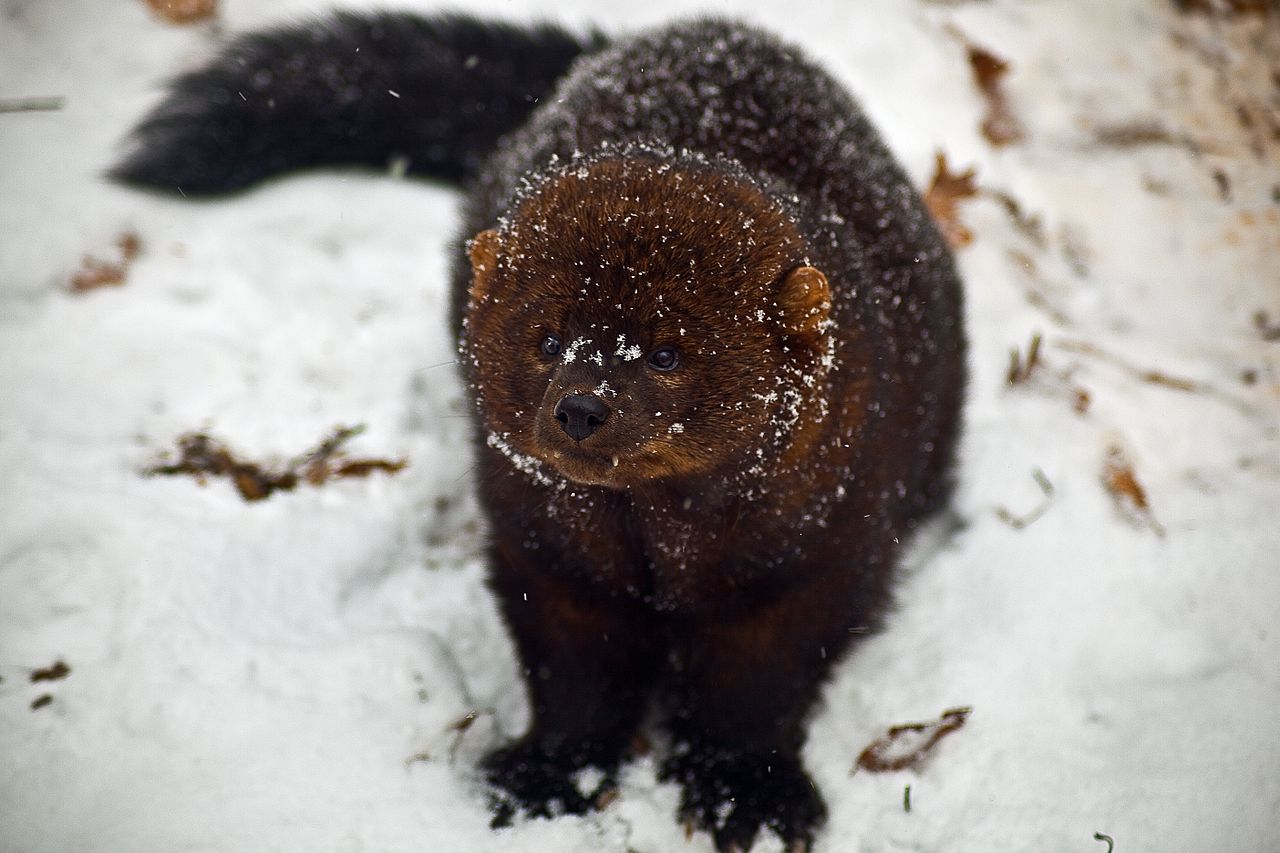
Header image via ForestWander.
The fisher (Pekania pennanti) is a small, carnivorous mammal native to North American forests, a member of the weasel family with quick reflexes and great climbing skills. It’s roughly the size of a housecat, and is indisputably cute. Though now very rare in the Pacific Northwest as a result of habitat loss, hunting, and rodenticide poisoning, efforts are underway to reintroduce fishers into areas within their historical range. In Washington, fisher reintroductions have taken place in Olympic National Park and in the Cascade range, most recently in November 2021 near Lake Ozette.
Gary Elmer and Jackie Gardner steward Elmer-Gardner Family Forest, a 13-acre forest on the Olympia Peninsula and a member of NNRG’s group FSC® certificate. They’ve had the forest since 1998, and in the ensuing years have logged only about one acre to remove a patch of laminated root rot. The timber from that harvest was sold as FSC®-certified. In recent years, their stewardship has been focused on removing invasive species and maintaining the three walking trails that wind through the forest.
The Elmer-Gardners enthusiastically monitor the wildlife in their forest using a set of wildlife cameras positioned along their trails. In fact, they’ve been keeping a logbook of wildlife captured on camera since 2012. In 10 years they’ve seen countless deer and coyote, the odd possum, cougar, bobcat, and fox…but zero fisher. And that’s not surprising.
For the most part, the naturally elusive fisher have stayed in the national parks and national forests where they’ve been released. But it’s possible someday they’ll expand onto non-federal lands. If fisher ever come to Elmer-Gardner Family Forest, they’ll be protected under a special conservation agreement.
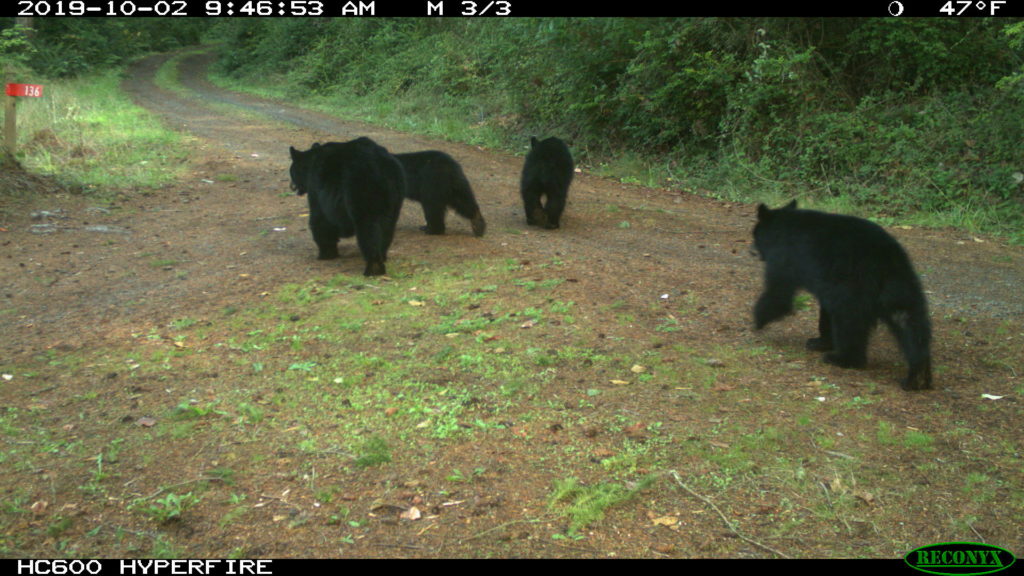
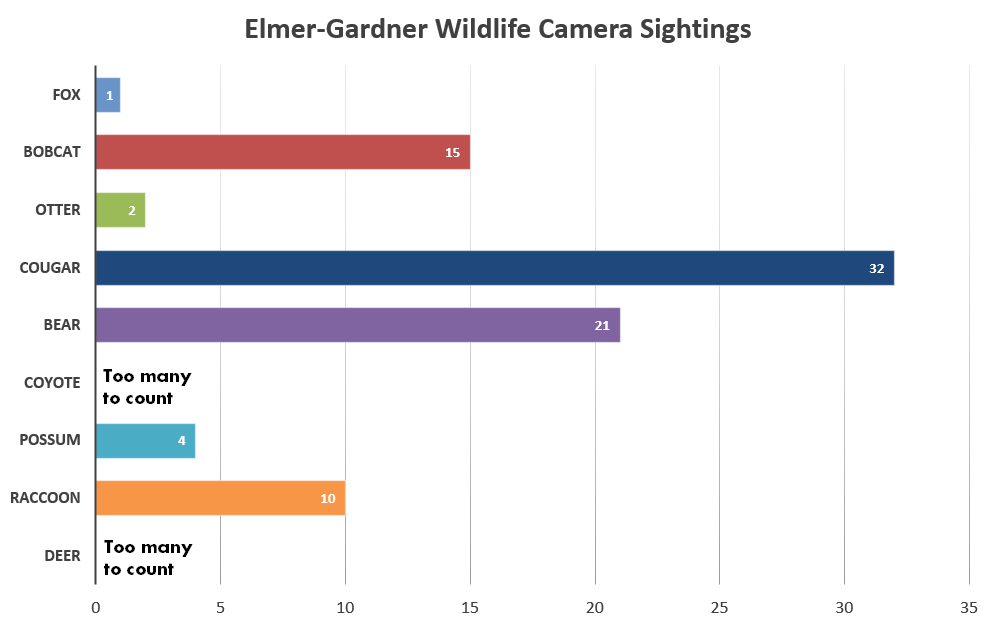
It’s officially called a Candidate Conservation Agreement with Assurances (CCAA), it’s entirely voluntary, and it’s administered by the Washington Department of Fish and Wildlife. Jackie and Gary first signed up for the agreement in 2016, after Jackie, then a volunteer with the Jefferson County Land Trust, learned about the program while monitoring game cameras around the Port Townsend area for the presence of fisher after a reintroduction to Olympic National Park.
CCAA’s, which exist for other species in addition to fisher, are meant to incentivize landowners to manage their lands in ways that increase wildlife habitat and the populations and distribution of the target species. The agreements usually exist for species that could potentially become listed under the Endangered Species Act, and they’re usually open to landowners whose properties are within areas that may become habitat for those species. State wildlife agencies typically administer the agreements.
The fisher CCAA between the Elmer-Gardners and Washington Department of Fish and Wildlife works like this: In exchange for agreeing to work with WFDW to promote fisher habitat, the Jackie and Gary receive assurances against additional land-use regulations should fisher ever become listed for protection under the Endangered Species Act.
As part of the CCAA, Jackie and Gary have agreed to work with WDFW wildlife managers to:
- monitor fisher and their dens in the event a den site is found on their property
- avoid harming or disturbing fisher and their young by preventing disturbance within 0.25 miles of known dens
- report den sites and sick, injured, or dead fisher on their property
- (potentially) allow fisher reintroductions in suitable habitat
If the fisher is ever listed as federally endangered, the US Fish and Wildlife Service will not require additional conservation measures or land, water, or resource use restrictions beyond those the Jackie and Gary voluntarily agreed to under the CCAA. In other words, they are grandfathered out of most future regulatory restrictions. But, says Gary, “The motivation to join the program was just to help enhance the success of efforts to introduce fisher on the Olympic Peninsula.” He says they aren’t planning to do any harvests in the future, though someday their children might. “And we would allow WDFW to introduce fisher if invited to do so.”
Gary says he encourages other eligible landowners to enroll in a CCAA for fisher. “The only potential downside is that if an active den is found, the landowner would need to delay logging in the area of the den until the pups are weaned and gone.” Denning typically occurs between March and September.
Landowners are eligible if they fall within a CCAA management zone.
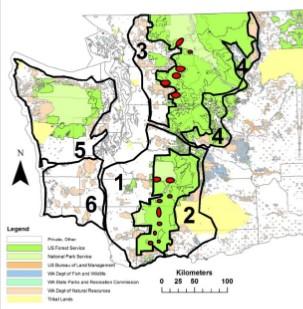
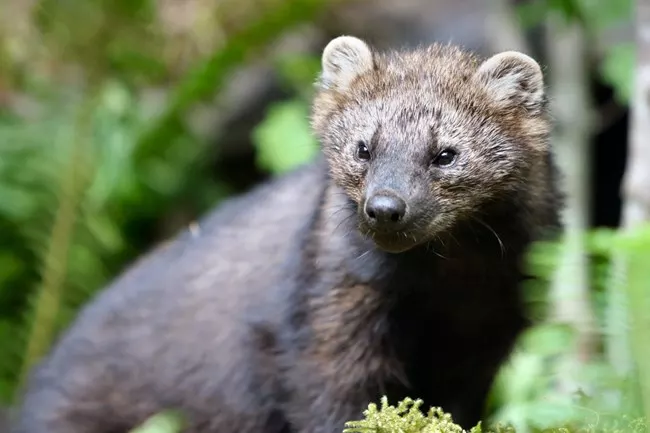
There’s a lot more information out there about fisher and CCAA’s for fisher. A few more resources are listed below.
- Washington Department of Fish & Wildlife’s fisher resource page
- An explanation of the WDFW Fisher Candidate Conservation Agreement with Assurances
- A CCAA factsheet from WDFW
- The full fisher CCAA contract is available to view here
- More about Conservation Northwest’s fisher reintroduction efforts in partnership with WDFW
For more information about enrolling in the CCAA program, please contact: Gary Bell at: Gary.Bell (at) dfw.wa.gov
And if you, like the NNRG staff, can’t get enough of fisher reintroduction videos, here are a couple more from fisher releases in Washington State.
https://youtu.be/ON-dLoBOChUhttps://youtu.be/xi_YI3wDxKE

Leave a Reply